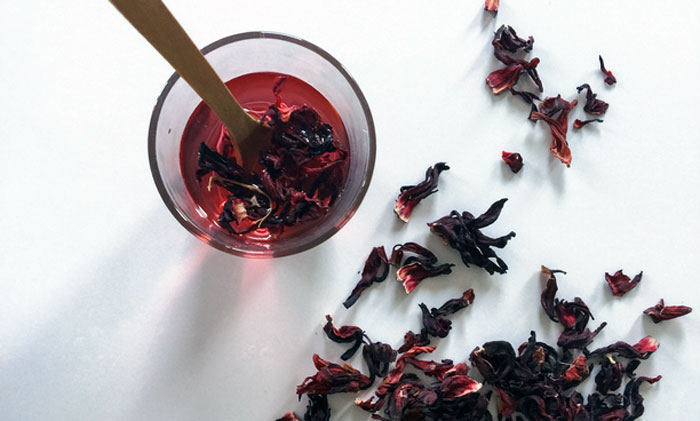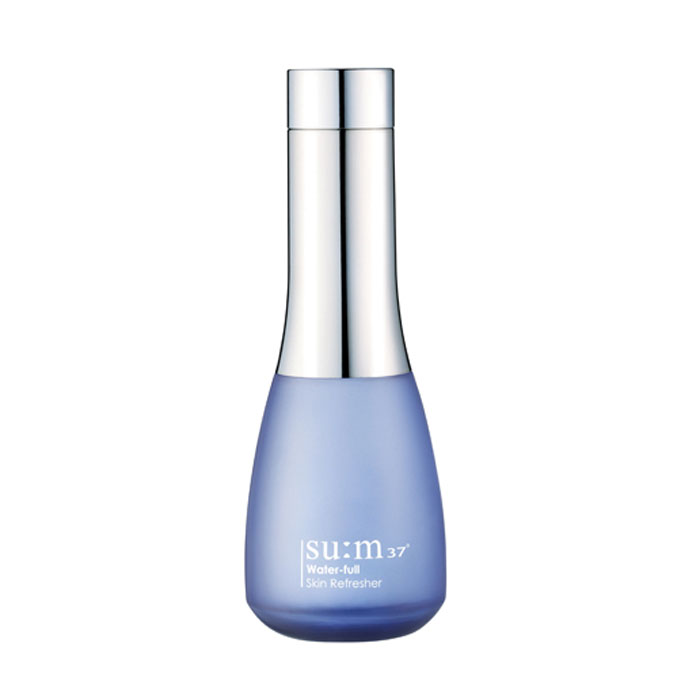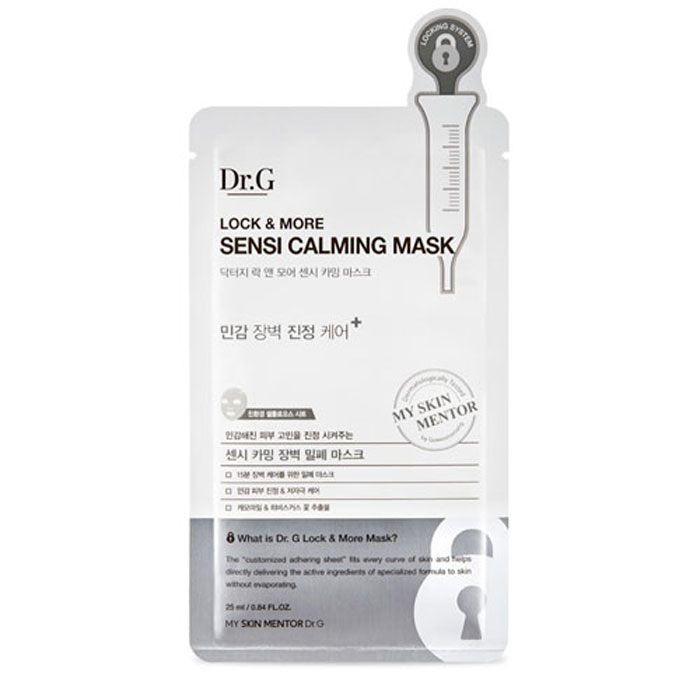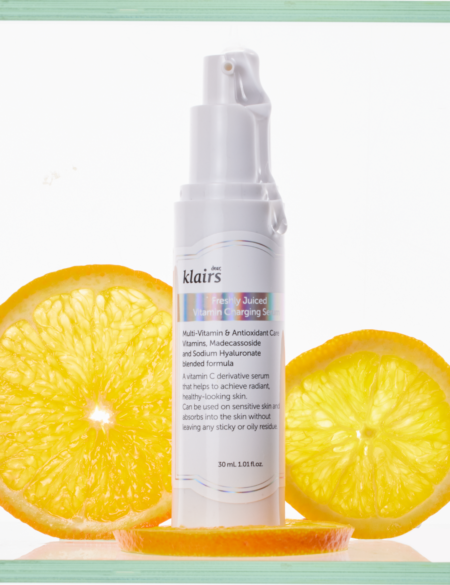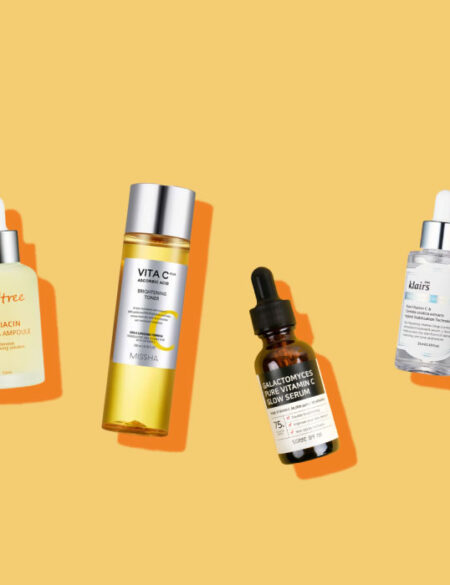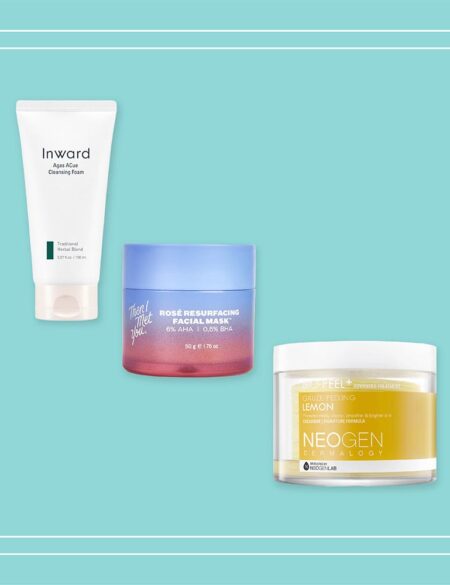South Korea’s national flower, the Hibiscus syriacus, is certainly a plant to celebrate. It’s colorful, it smells amazing, and it tastes great. What more could you want? Well hibiscus flower extract is becoming an increasingly popular skin care ingredient for firmer, hydrated, younger-looking skin. Read on to find out why!
Historically hibiscus flower has been used in teas and syrups, providing both great flavor and disease preventing antioxidants. It’s a staple of Ayurvedic medicine, one of the oldest practices founded in India over 3,000 years ago. The flower, used in a variety of treatments from hair oils to gut healing teas, is known for its anti-aging benefits. So why exactly do we as beauty consumers care about this flower so much, other than drinking it in cocktails and teas?
Hibiscus flower extract is full of AHAs.
Today the flower extracts are used as a natural source of alpha-hydroxy acids (AHAs) in skin care products, which we all love for their ability to unclog pores and treat oily skin. The AHAs found in hibiscus, specifically malic acid and citric acid, gently exfoliate and brighten the skin. They can also help with hyperpigmentation and skin clarity.
Many AHAs are naturally derived but can temporarily thin out the top layer of your skin, making you more susceptible to sun damage. What makes hibiscus different from other AHA rich ingredients is that it actually helps to repair UV damage to the skin while providing all of the other benefits of AHAs.
It’s the “botox plant.”
Botox, also known as Clostridium botulinum, relaxes the muscles by blocking signals from the nerves. While it is a powerful solution to the signs of aging there are a good number risks and side effects associated with it.
Hibiscus combats aging a little differently and less invasively by limiting the activity of elastase, the enzyme responsible for breaking down the elastin that keeps our skin firm and healthy. Elastin is the connective tissue keeping your skin attached to the muscles in your face. By preserving and protecting the elastin you keep your face looking younger, and firmer, longer.
Hibiscus flower extract has vitamin C and antioxidants.
We all love a good dose of vitamin C, and hibiscus delivers on that promise. It is full of antioxidants and vitamin C that heal damage from sun exposure and pollution—helping to repair as well as rejuvenate your skin. It can also calm irritation from environmental stressors. By integrating a product with hibiscus flower extract (like the Dr. G Lock & More Sensi Calming Mask) into your usual nighttime routine, you can help soothe sensitive skin.
Last but certainly not least, there’s a lot of mucilage in hibiscus flower extract.
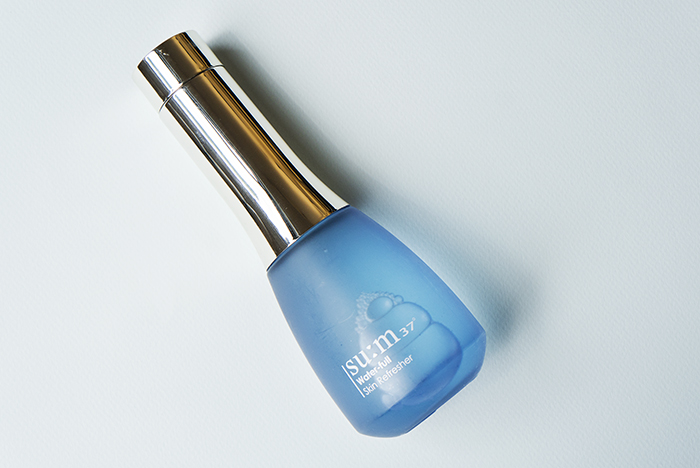
Snail mucin isn’t the only gooey, elastin producing ingredient out there. Hibiscus flowers are full of mucilage—all of that goo at the end of the stem helps to keep in moisture and seal in all of the benefits it provides your skin. Try using the SU:M37 Water-full Skin Refresher, which utilizes hibiscus in its formula to lock in moisture.


